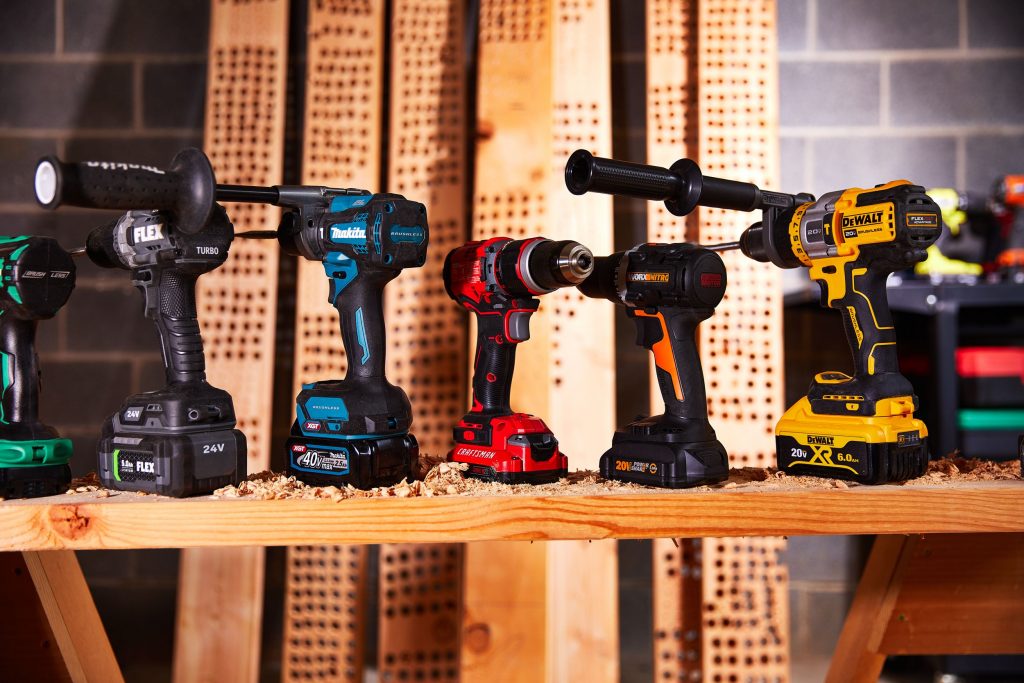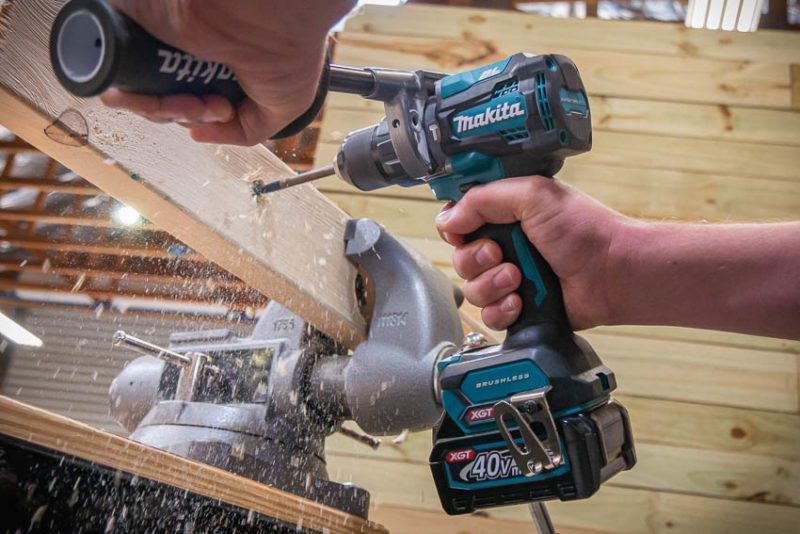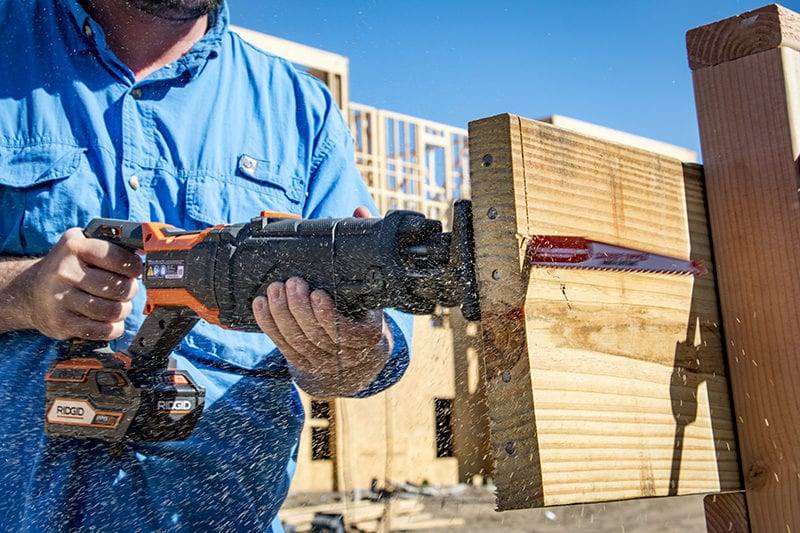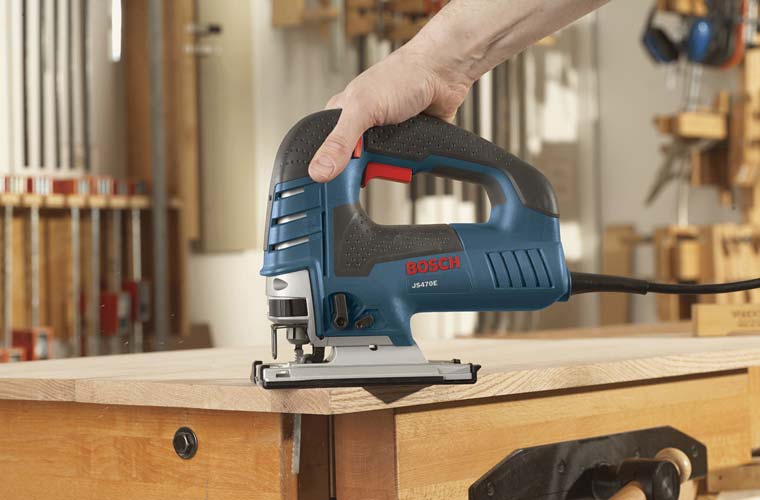How to Choose Cordless Power Tools: Drills and More
The best cordless drills are a necessity for any toolbox. In the past, there was a clear choice of the brand you should buy – Makita, Bosch and Dewalt were the only real choices available. Today, however, there are so many options that it can be difficult to choose which one is right for you.
The best cordless drill will provide you with a great experience, as well as durability to handle whatever you can throw at it. The best cordless drill is one that has a high power output and is lightweight enough to handle any job around your home. It also needs to have an easy-to-replace battery and be able to charge quickly so that you don’t run out of juice when you need it most. The same, of course, can be said about other power tools of the sort which I’m going to cover in the blog post!
When you decide to look for cordless tools Australia wide, you may also want to consider buying some handy accessories too such as extra batteries, chargers, carry cases and even flashlights. There are lots of different styles and designs available, so you’ll have lots to select from when purchasing your next gadget.
Choosing a Cordless Drill

Cordless drills allow you to carry out a variety of tasks around the home or workplace without having to worry about dragging extension cords along with you. These drills are among the cordless tools Australia tradies abide by because they’re available with a wide range of features, so you can easily select a model that is best suited to your needs.
When picking a cordless drill, you should consider the capacity of the battery, the weight of the drill and whether it is fitted with an electric brake system. Electric brakes make it easier for you to control the drill by stopping its rotation as soon as you release the trigger.
What’s the Difference Between a Drill and a Driver?

Drills and drivers are two of the most commonly used tools in home improvement and other DIY projects. They both use a chuck, or gripping mechanism, that holds the bit. Both can drive screws and drill holes. However, they use different bits and are designed to operate slightly differently.
A drill is designed to create holes in wood and metal. It has a keyed chuck that can hold large bits (up to 1/2 inch) for making big holes. A drill with a large battery is usually capable of producing enough torque to twist off small screws and bolts. The drill’s chuck is set, so the bit turns clockwise when the drill is held normally (with the motor to your right). This allows it to be used as an effective screwdriver when working with standard screws, which turn clockwise when installed correctly.
A driver is designed for driving screws. It has a keyless chuck that accepts hex-shafted bits for this purpose. A driver’s smaller battery gives it less torque than a drill, but it’s still enough to remove most screws, as long as they’re not particularly tight or corroded into place. The driver’s chuck is set, so the bit turns counter clockwise, allowing it to back screws out of their holes when you pull the trigger.
Choosing a Reciprocating Saw

You also have versatile cordless tools like the reciprocating saws. They are ideal for cutting through metal, wood and plastic and are great for demolition work as well as construction projects. You can choose from either adjustable or fixed blades depending on the type of work you need to do. Blades are also available in various lengths, thicknesses, and materials such as carbon steel and titanium.
What You Need to Know When Choosing a Rotary Tool

Rotary tools are handheld power tools that use rotating attachments to cut, polish, sand and grind a wide variety of materials. The most versatile tool in the workshop, rotary tools look like a small drill with an interchangeable bit system. This flexibility makes them ideal for cutting, drilling, and polishing tasks that are too delicate or intricate for their larger counterparts.
Rotary tools can be corded or cordless and come in different power ratings measured in volts (V). The higher the voltage, the more powerful the tool. Cordless rotary tools come equipped with a battery that can be recharged. Look for models with variable speed settings for greater control over the speed of your tool. Rotary tools offer a wide range of cutting, grinding, and polishing accessories, so you can perform tasks such as:
- Cutting metal or concrete.
- Drilling small holes.
- Removing rust from metal surfaces.
- Engraving wood, glass, or metal.
- Polishing stones and jewellery.
- Sanding down paintwork.
Choosing Jig Saws

Jigsaws are some of the most versatile tools. They can be used for a variety of projects, from cutting curves in wood and metal to cutting drywall. Which blade you use is going to depend on the material you’re cutting. There are two basic blade types for a jigsaw: t-shank and u-shank.
The t-shank type fits into the tool with a spring-loaded locking mechanism. U-shank blades use a screw in mount that locks in place. With either type, the blade should be inserted, so the teeth point forward. Once you have the right blade, set your speed to match the material you’re cutting to ensure smooth results.